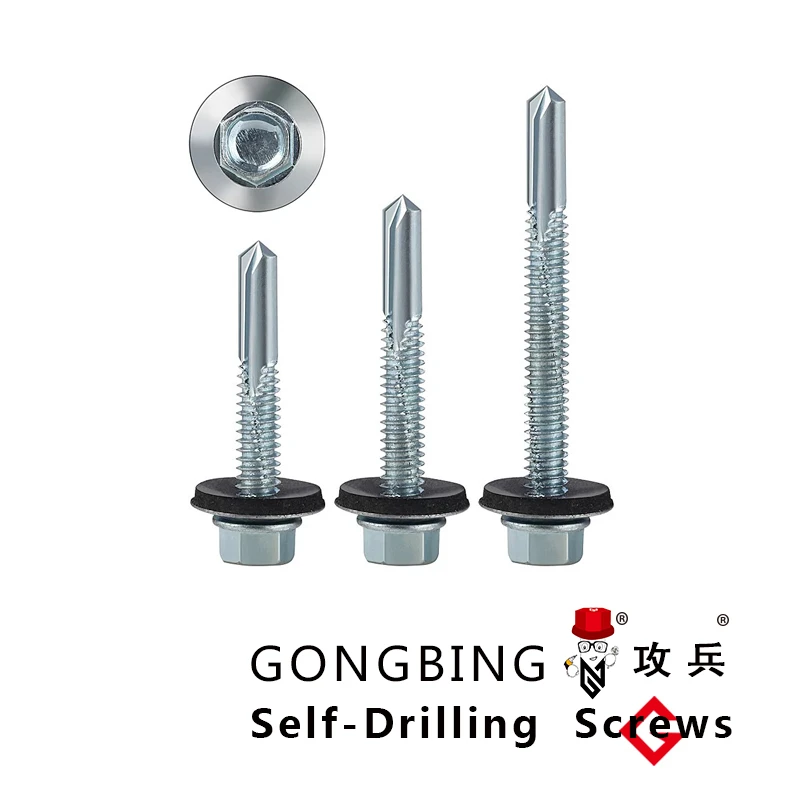Understanding Chemical Anchors and Their Applications in Construction and Engineering
What are Chemical Anchors?
Chemical anchors are a type of fastening system used to secure objects to concrete, masonry, or other base materials. They offer a robust solution for various construction and building applications, providing enhanced load-bearing capacities and durability. Chemical anchors differ from traditional mechanical anchors, as they rely on chemical bonding agents rather than physical expansion to secure themselves within a substrate.
What are Chemical Anchors?
One of the primary advantages of chemical anchors is their versatility. They can be used in various applications, from heavy-duty construction projects like steel frameworks and high-rise buildings to lighter applications such as mounting fixtures or securing machinery in place. Their ability to bond with different substrate materials makes them suitable for use in a range of environments, including indoor and outdoor settings, wet or dry conditions, and even underwater applications.
what are chemical anchors

Moreover, chemical anchors are highly effective in situations where mechanical anchors may struggle. For instance, in weakened or cracked concrete, a mechanical anchor may not provide the necessary grip, leading to potential failure. In contrast, the chemical bond created by anchor systems allows for superior load capacity, even in challenging conditions. Additionally, they are less affected by factors such as vibration or thermal expansion, further enhancing their reliability.
The installation of chemical anchors involves several steps. First, a hole is drilled into the substrate to the appropriate depth and diameter. Next, the drilled hole must be cleaned to remove any dust, debris, or moisture, which can interfere with the bonding process. Once the hole is prepared, the resin is injected, and the anchor is inserted before the resin cures. It's essential to follow the manufacturer’s guidelines for curing time to ensure a strong bond is achieved before the anchor is put under load.
While chemical anchors offer numerous advantages, it is essential to choose the right type for specific applications. Factors such as load requirements, environmental conditions (e.g., exposure to chemicals, moisture, or temperature), and the characteristics of the base material will influence the selection of an anchor. Additionally, safety regulations and standards must be adhered to in order to ensure the integrity and performance of the installation.
In summary, chemical anchors are an essential fastening solution in modern construction and engineering. Their chemical bonding properties provide strengths that mechanical anchors cannot match, offering superior reliability and adaptability for various applications. Whether securing heavy steel beams, supporting safety railings, or fixing equipment, chemical anchors offer a transformative approach to fastening technology. As advancements in materials science continue, we can expect even greater improvements in the effectiveness and efficiency of chemical anchoring systems, making them an ongoing staple in construction and design.
-
Weatherproof Plastic Expansion Anchors for OutdoorNewsJun.06,2025
-
Sustainability in the Supply Chain: Eco-Friendly TEK Screws ProductionNewsJun.06,2025
-
Load-Bearing Capacity of External Insulation FixingsNewsJun.06,2025
-
Double Head Bolts: Enhancing Efficiency in Industrial MachineryNewsJun.06,2025
-
Corrosion Resistance in Chipboard Screws: Coatings for Wholesale DurabilityNewsJun.06,2025
-
Butterfly Toggle Bolts : Enhancing Structural ResilienceNewsJun.06,2025
